The New Mortgage Rules Explained: What They Mean for First-Time Buyers in 2025
It’s been a challenging few years for first-time buyers in the UK. But in 2025, a long-awaited shift has arrived and it could finally open

100% LTV: Market Gamechanger or Cause for Concern?
April Mortgages has shaken up the UK property market with the launch of a 100% loan-to-value (LTV) mortgage, allowing first-time buyers and movers to purchase

The Rising Cost of Care: Navigating Fee Increases in the UK Care Home Sector
In recent years, the UK care home sector has experienced unprecedented financial pressures, with care home fees consistently outpacing general inflation. For families and individuals

Buy-to-Let Market Changes: What Landlords Need to Know About Mortgage Regulation Updates
Buy-to-Let Market Changes: What Landlords Need to Know About Mortgage Regulation Updates The buy-to-let landscape continues to evolve in 2025, presenting both challenges and opportunities

Pension Strategies Throughout Your Life
Pension Strategies Throughout Your Life As an independent financial adviser, I’ve helped clients at every stage of their pension journey. What’s become clear is that

Autumn Budget 2024
The 30th October Autumn Budget delivered several key announcements Removal of the exemption to inheritance tax of pension death benefits from 6th April

SME MK & Bucks Awards Finalist
Exciting News: We’re Finalists in the SME Milton Keynes and Buckinghamshire Awards 2024! We are thrilled to announce that our family business has been named

Create Good Habits 2024!
Habits are the building blocks that help us achieve our goals, create positive changes in our lives, and become better versions of ourselves. You are

Navigating the investment labyrinth
Plotting your financial journey with goals-based investing In a world where investors are flooded with many choices and investment routes, picking the path that aligns













